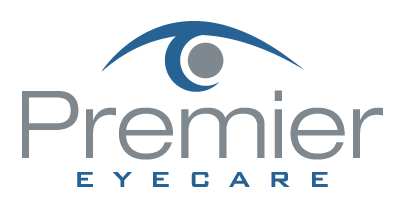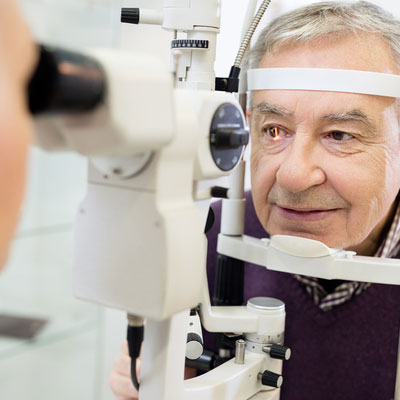Have you ever been told that you have keratoconus? Keratoconus is a condition that affects the front surface of the eye called the cornea. Many people who have keratoconus do not even know it. In its beginning stages, keratoconus is very difficult to detect. Your eye doctor can detect keratoconus in its early stages using a corneal mapping device called corneal topography. Keratoconus usually presents in early adulthood and can progress as one ages. It is important to detect keratoconus in its early stages and to see an eye doctor that is very familiar with the disease and treatment for it.
There are many types of contact lenses designed for keratoconic corneas. In most cases of keratoconus, eyeglasses provide less than optimal clarity due to the warping effect of the cone. By using specially designed contact lenses, visual acuity can be improved above and beyond what eyeglasses can provide. Traditional soft contact lenses also fall short in acuity because they take the shape of the cornea and do not address the conical shape of the cornea.
A new procedure that has recently been approved by the FDA is called corneal cross-linking. This procedure is used to slow down the progression of keratoconus in young adults. Even after cross-linking, the keratoconus must still be addressed with specialty contact lenses to provide optimal vision. Cross-linking does not reverse the effects of keratoconus, but rather slows down or halts the progression of the disease.
Keratoconus can be hereditary so it is important to stress the importance of regular eye examinations for family members of people with keratoconus. If keratoconus is diagnosed early, the prognosis is much better. It is important to find an eye doctor who is experienced in fitting specialty lenses. Keratoconus contact lenses can be rather expensive. Some vision plans provide very good benefits for "medically necessary" contact lenses.












